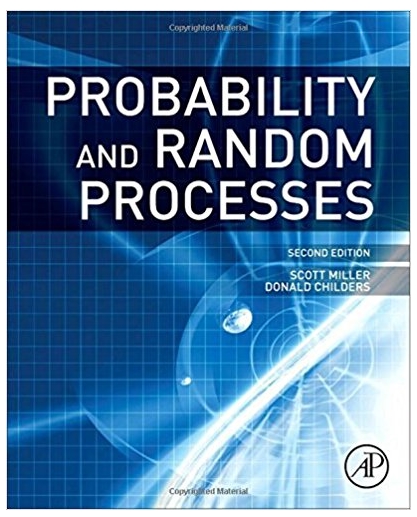Answered step by step
Verified Expert Solution
Question
1 Approved Answer
is convergent or divergent using the Limit Comparison Test (note that the Comparison Test is difficult to apply in this case). The given series has
is convergent or divergent using the Limit Comparison Test (note that the Comparison Test is difficult to apply in this case). The given series has positive terms, which is a requirement for applying the Limit Comparison Test. First we must find an appropriate series

Step by Step Solution
There are 3 Steps involved in it
Step: 1

Get Instant Access to Expert-Tailored Solutions
See step-by-step solutions with expert insights and AI powered tools for academic success
Step: 2

Step: 3

Ace Your Homework with AI
Get the answers you need in no time with our AI-driven, step-by-step assistance
Get Started


